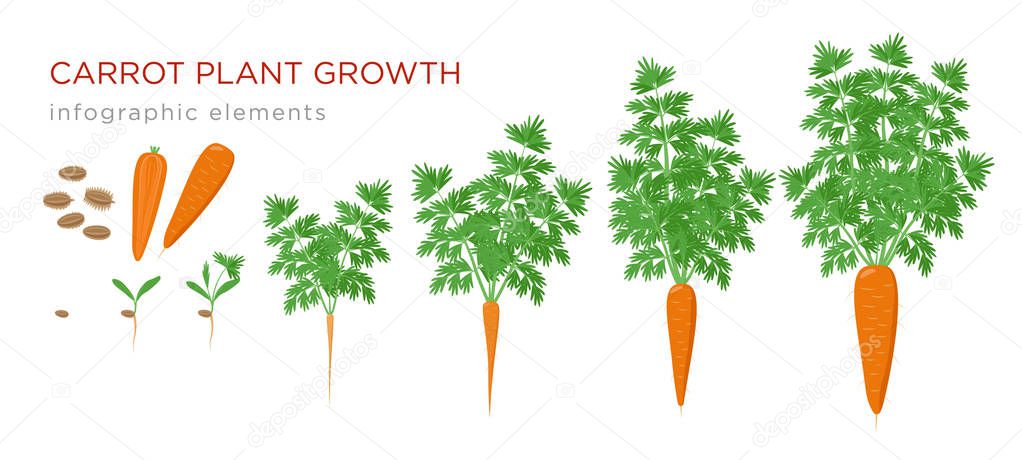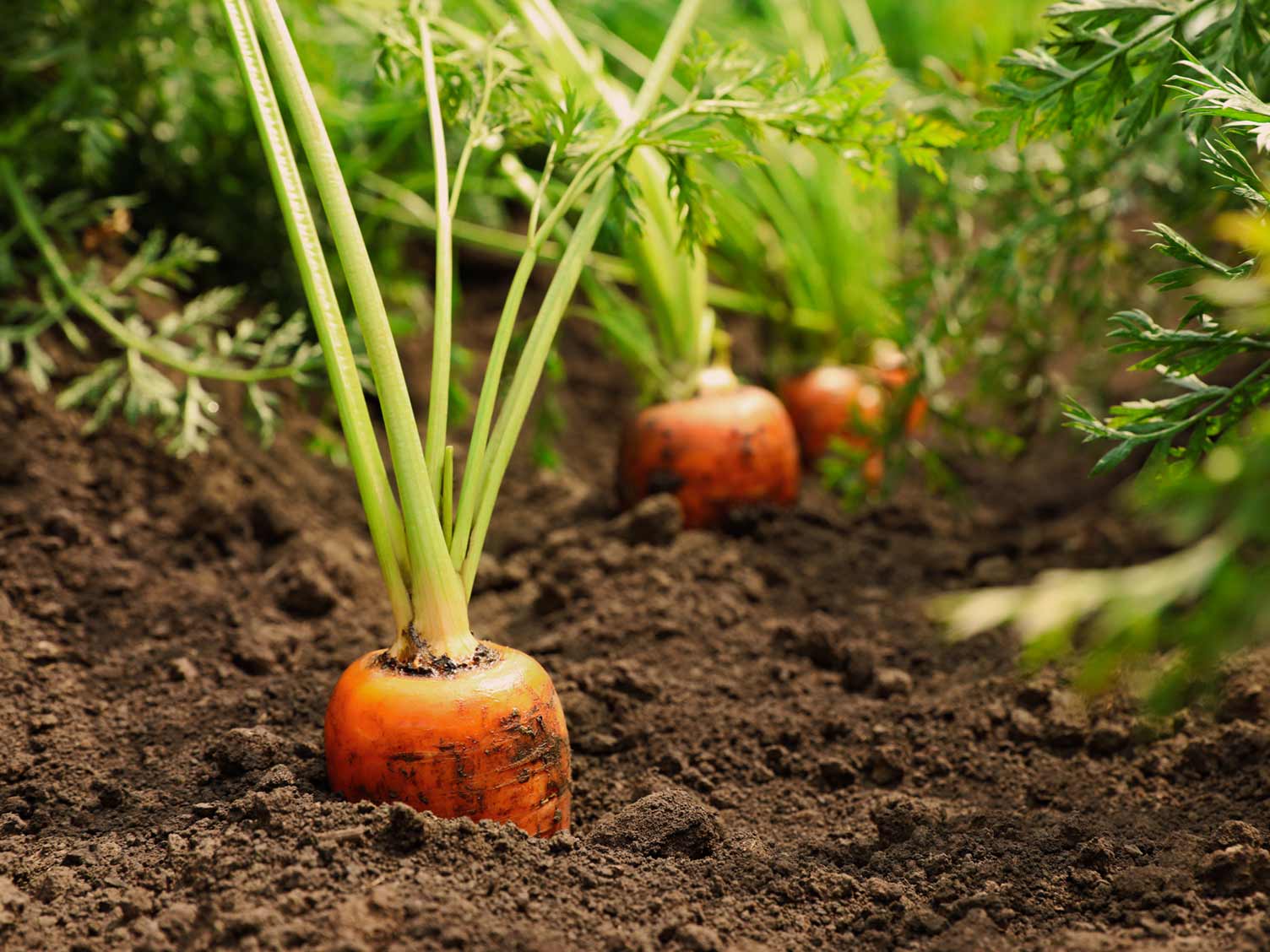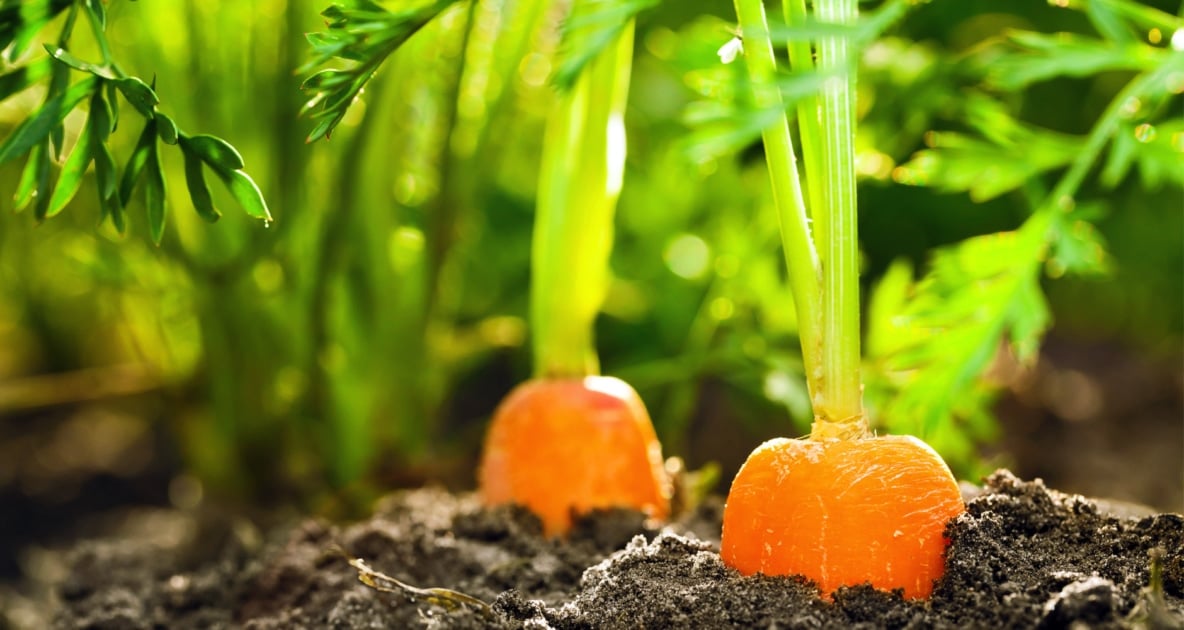The Basics of Carrot Growth
Carrots are a popular and versatile root vegetable, commonly used in various dishes and prized for their crunchy texture and sweet taste. Growing carrots at home can be a rewarding experience, but it’s essential to understand the factors that influence their growth. These factors include soil, sunlight, and water, which all play a crucial role in determining the timeline for growing carrots.
Germination Stage: Sprouting Carrot Seeds
The germination stage is the first step in growing carrots, during which the seeds sprout and develop their initial root system. This process typically takes 1-3 weeks, depending on factors such as temperature and moisture. Adequate soil moisture and a consistent temperature between 60-75°F (15-24°C) are essential for successful germination.
Vegetative Stage: Establishing the Carrot Plant
Following germination, carrot plants enter the vegetative stage, during which their root systems develop and expand. This stage can last between 4-6 weeks, depending on the variety and growing conditions. Proper nutrition, primarily through organic matter and well-balanced fertilizers, and consistent watering are crucial for healthy vegetative growth.
Maturation Stage: When Do Carrots Reach Maturity?
Carrots typically reach maturity between 70-100 days after sowing, depending on the variety and growing conditions. During the maturation stage, the root systems continue to grow, and the taproots develop their characteristic orange color and sweet flavor. Cooler temperatures, consistent watering, and well-draining soil can contribute to a more flavorful and vibrant crop.
Harvesting Carrots: Determining the Right Time
Harvesting carrots at the right time is crucial for optimal taste, texture, and storage. Generally, carrots can be harvested when they reach a diameter of about 1/2 to 3/4 inch, depending on the variety. Taste is the best indicator of maturity, so sample a carrot or two to determine if they are sweet and crunchy. Harvesting should ideally occur before the first frost, but if necessary, carrots can be left in the ground and protected with mulch or row covers.
Post-Harvest Care: Storing and Preserving Carrots
Proper post-harvest care for carrots ensures their freshness and longevity. After harvesting, remove the foliage, leaving about 1/2 inch of the stem attached to the root. Gently brush off excess soil and avoid washing the carrots, as moisture can promote spoilage. Store carrots in a cool, dark place with good ventilation, such as a root cellar or a refrigerator crisper drawer. Carrots can last for several weeks or even months when stored properly.
Extending the Growing Season: Succession Planting and Cold Frames
Carrot growers can extend their growing season by employing techniques such as succession planting and using cold frames. Succession planting involves sowing new carrot seeds every 2-3 weeks, ensuring a continuous harvest throughout the season. Cold frames, meanwhile, are protective structures that use transparent materials to trap heat and create a microclimate for young plants. By using cold frames, gardeners can start their carrot crops earlier in the spring and protect them later into the fall, ultimately increasing their overall yield.
Troubleshooting Common Issues: Slow-Growing Carrots
Slow-growing carrots can be the result of various factors, including poor soil conditions, pests, and diseases. To promote healthy and timely growth, consider the following:
- Soil Conditions: Carrots thrive in loose, well-draining soil with a pH between 6.0 and 6.8. If the soil is heavy or compacted, consider amending it with organic matter, like compost or well-rotted manure, to improve its structure and drainage.
- Pests: Common carrot pests include carrot rust flies, aphids, and flea beetles. Use insect-proof row covers to protect young plants from these pests. If an infestation occurs, consider using organic or eco-friendly pesticides to manage the problem.
- Diseases: Common carrot diseases include alternaria leaf blight, powdery mildew, and bacterial soft rot. To prevent diseases, practice crop rotation, avoid overwatering, and maintain good garden sanitation. If a disease is identified, remove and destroy affected plants to prevent its spread.





:max_bytes(150000):strip_icc()/how-to-plant-and-grow-asparagus-1402814-01-8a911ee605434ccfaebdffa4d435cb32.jpg)
